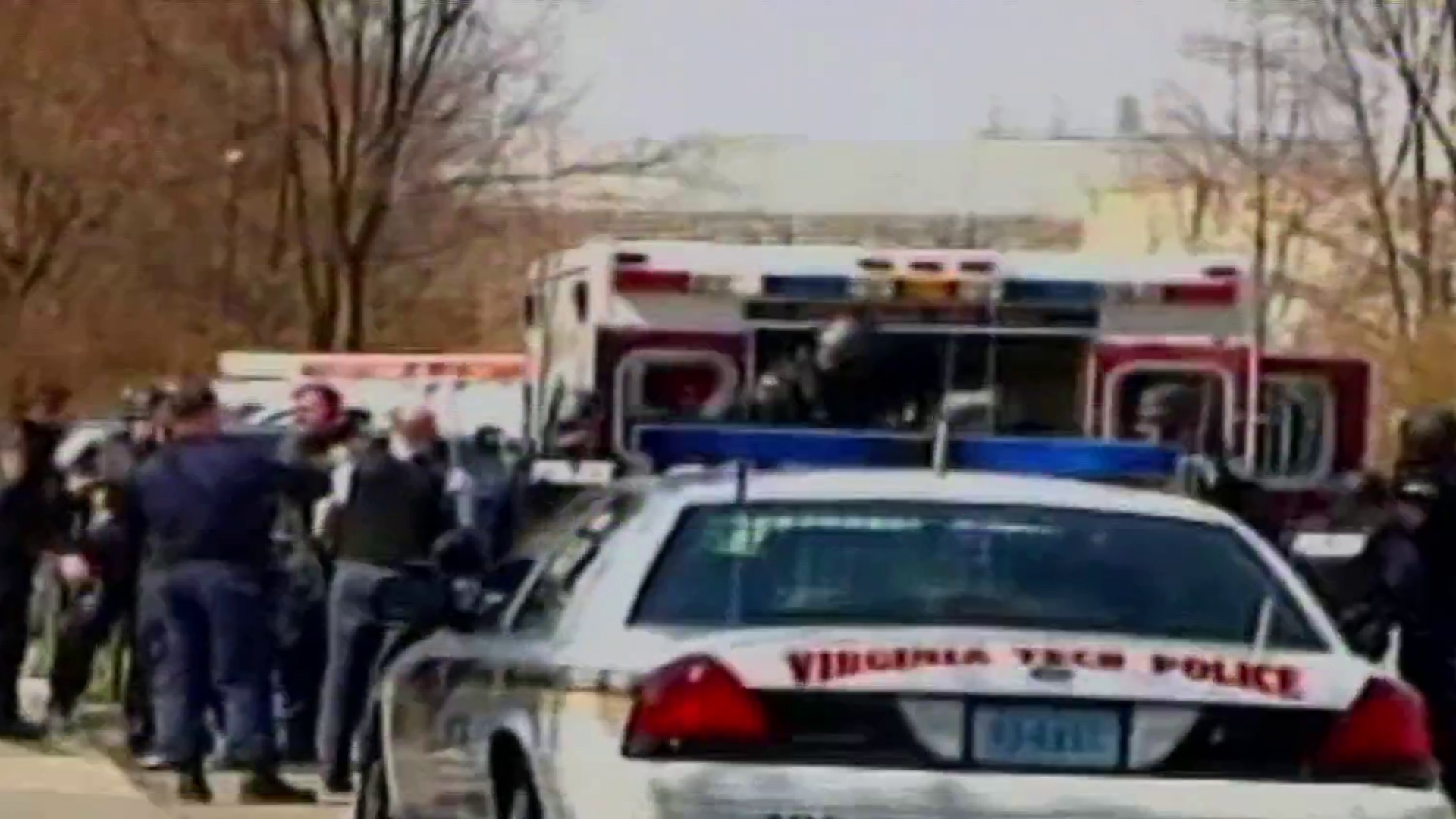Searchers found four bodies deep in a West Virginia coal mine shattered by an explosion, raising the death toll to 29 and ending an excruciating week for families holding onto faint hopes that their missing miners had somehow survived.
Crews are to soon begin the bleak task of carrying out 22 bodies from Massey Energy Co.'s Upper Big Branch mine, though officials said Saturday no timetable has been set. Seven bodies were removed after Monday's blast, making it the worst U.S. coal mining disaster since a 1970 explosion killed 38 in Hyden, Ky.
The investigation into the company that has an extensive list of safety violations at the mine also will begin with President Barack Obama wanting some answers in a report next week and Congress planning hearings.
The discovery of the final four bodies ended days of futile searches by rescue crews that repeatedly battled a volatile mix of poisonous gases and thick smoke that turned them back on three previous attempts. The massive blast also left the inside of the mine a mess of twisted tracks, boulders and debris.
"We did not receive the miracle that we prayed for," Gov. Joe Manchin told reporters after meeting with relatives to deliver the news. "So this journey has ended and now the healing will start."
The explosion erupted without warning.
"They didn't know what hit them," said Patty Ann Manios, a city councilwoman from nearby Whitesville.
Local
Washington, D.C., Maryland and Virginia local news, events and information
While watching the official announcement on TV, she took off her glasses and started to weep. "Oh God. Oh God."
Before, 25 men were known to have perished and two men survived. That left four unaccounted for, resulting in an agonizing week for relatives and authorities who hoped the miners had somehow managed to find refuge chambers stocked with food, water and oxygen. But none of the mine's refuge chambers had been deployed.
"The rescue workers told us they're sure no one suffered," Manchin said.
The mission now is to bring out all the bodies through miles of debris, which will take some time, officials said.
Twenty-eight of the dead were Massey employees, and one was a contract worker, a company spokesman said. A complete list of victims was not released, though several were known through obituaries and information families released.
Even as rescuers were making their final trip into the mine, the close-knit community was beginning to mourn the dead.
More than 300 people packed the Mullens Pentecostal Holiness Church for the funeral of Benny Willingham, a 61-year-old miner who was five weeks from retiring when he died. More services were planned Saturday.
"He wasn't the biggest man in town," said the Rev. Gary Pollard. ``But if you could see the size of this man's heart, you'd see a giant."
The conditions were so rough after the blast that rescuers only late Friday realized that they had walked past the bodies of the four missing miners on the first day without seeing, a federal mine safety official said.
"There was so much smoke and the conditions were so dire with dust in the air that they apparently bypassed the bodies that were on the ground," said Kevin Stricklin, coal administrator for the federal Mine Safety and Health Administration.
Once the bodies are recovered, MSHA and West Virginia regulators plan a joint investigation that could take up to a year, Stricklin said.
"No stone will be left unturned and we'll find out the cause of this explosion," Stricklin said. "Quite frankly, the only good thing that can come out of this is to educate everyone, put regulations in place to make sure that this never happens again."
Officials have not said what caused the blast, but they believe high levels of methane gas may have played a role.
The U.S. House and Senate plan to hold hearings, though a date has not been set. Sen. Robert Byrd, D-W.Va., said lawmakers will scrutinize Massey's practices.
In the days since the explosion, details have emerged about an extensive list of safety violations at the mine. Mine owner Massey Energy Co. has been repeatedly cited and fined for problems with the system that vents methane and for allowing combustible dust to build up. The company also said it will conduct its own probe into the blast.
CEO Don Blankenship, who was with the families when they learned the miners were dead, has strongly defended the company's record and disputed accusations from miners that he puts coal profits ahead of safety.
Federal regulators issued evacuation orders for all or parts of the mine more than 60 times since the start of 2009, according to inspection records.
In 2007, the mine met criteria to be declared by the Mine Safety and Health Administration as a pattern violator, which would have allowed for stricter oversight, including the potential shutdown of the mine. But Massey was able to reduce the number of the most serious violations and avoid it.
Pam Napper, whose 25-year-old son Josh died, said he had been sent home early the Friday before the explosion because of concerns about ventilation in the mine. Before that, apparently over Easter weekend, he wrote a letter to his mother, his fiancée and his 19-month-old daughter, telling them that he would be looking down from heaven if anything happened to him.
"I just knew that Josh in his heart knew that something was going to happen," Pam Napper said.
Donna Ward, whose husband works at a different mine, was still crying minutes after the press conference was over.
"I was hoping for four miracles," she said.



